Research in Simbo and Ranongga, July 2022
Report by Kenneth Roga (local researcher), Western province, Simbo and Ranongga
The Western region of Solomon Island comprises of 10 main island and more than 500 smaller chain of island that forms Two lagoons, one is the Marovo the largest in the South Pacific Region. Each Island groups uses their vernacular languages within their cultural setting that could clearly identified their cultural identity.
There are 11 different languages currently being used apart from English, Pidgin and Micronesian group brought in by the British Government in 1950s. The Two main Source of language groups as discovered by the linguistic studies The Austronesian and Non Austronesian that could be identified and used in separate island groups
The widely recognised language group are the Austronesian which are easily understood because of same words being used for names of animals, birds and ceremonial rituals.
The following island groups and language are: Ranongga island (Lugga, Kubokota and Ghanogga), Simbo island (Madegugusu), Kolobongara island (Dugore), Roviana (Roviana), New Georgia (Kusage and Hoava), Rendovah island (Ughele), Marovo Langoon (Marovo).
These traditional knowledge and practises have being passsed on through generation by oral history or learning by participating in any traditional or cultural activities organised by chiefs and elders in the community. eg; Tapa cloth making, War canoe making, Fishing, Gardening, cooking and songs, etc. However, using of tradition tools and materials for each activity has been lost and is a major threat as modern tools and technology is replacing them today.
Recordings
Kokobiri (Takapuna)
Recorded 12 July 2022
(3 minutes 11 seconds)
Tapa cloth song while making the tapa cloth. Only a few people have the knowledge about tapa cloth-making in the region. Ranogga is currently reviving the tapa production.
Kokobiri pa ruma kezi.
lukana moko nab el gou.
na sa sa vie pira boko tugu,
na poko sa tapata.
Beating a thatch at kezi palm
Call the beating of the drum
What does this mean my child?
It’s difficult to make cloth.[Translation]
Kokodere (Takapuna)
Recorded 12 July 2022
(1 minute 39 seconds)
Pounding of betelnut fruit for the toothless old man.
Sa sae pepegi tu na ta po sa ghona ia na mane kodere.
Sa ibibala basa ipiputu na mane kodere.
Sun was raising up,
light shins up the pounder basket,
it shewing and vibrating the pounding basket.[Translation]
Kue kue kue kue kue pana patu Eva.
kue kue kue kue kue kue pana ake vari kue kue kue kue kue kue kue pa lale vao.
Kue kue kue kue kue kue pana revatana Kue kue kue kue kue kue kue pana jeruru na
Note: names mentioned in this song are the names of places in simbo.
A: Pana patu eve (stone at eve)
B: Pana ake vari (place at Ake Vare)
C: pa lale vao ( Vao Tree)
D: pana jeruru runa (Jeruru na Stone[Translation]
Historical Recordings
The following cylinders from the WHR Rivers and Arthur M Hocart 1908, New Georgia group, British Solomon Islands Protectorate Cylinder Collection (C108) were researched by Kenneth Roga and Eddie Mae.
The recordings were quite low and the background sound is distracting, but the interviewees could hear words to identify what was said. The turns and notes of voice pitch and rhythm indicate the occasion and ceremonies when such songs were usual sung.
The word Gonigoni means Chanting and not singing song with lyrics, listening through historic records these words and praises are noted.
Cylinder C108/1406: Suki dancing song
Words that are noted are Gogoni whish is a tunes and not a singing of song but chanting a tunes that can involve, groups, Gender or children on certain ceremonies hosted by the chief during an inauguration of war canoe or Feasting, etc.
Cylinder C108/1413: Kera Ite (little / small song
The interviewees said that this is a lullaby song a mother would carry their babies candling them to sleep.
Cylinder C108/1410: Baniata
Baniata is the flooring of banana leaves on the hot dug up ground oven in preparation for a big feast.
Cylinder C108/1407: Ivu kevu
The bamboo flute player was identify as Leuke, a musician. Flutes are made of two separate piece of bamboo call Kevu. Several small holes were drilled along the side that produced different turnes when one blow through the end.
Cylinder C108/1409: Kuele
Kuala is an expression of sadness or surprising when people meet with emotional feelings (mourning of the deceased).
| British Library shelfmark | Recording title | Performer name | Recording location | Recording date | Content description | Performer description | Recording notes | Languages | Genre | Recordist | Recording length | Recording trip | Description of cylinder | Collection title | Cylinder location | Images of cylinder containers / documentation | Related print publication: | Related print publication: | Related print publication: | Related print publication: | Related print publication: | Related print publication: |
|---|---|---|---|---|---|---|---|---|---|---|---|---|---|---|---|---|---|---|---|---|---|---|
| C108/1406 | Yoni Yoni Kamerani | Unidentified (chorus) | Simbo Island, Western Province, British Solomon Islands Protectorate | 14 May 1908 – 01 January 1909 | 1. Announcement: "Yoni Yoni Kamerani[?]". 2. Ref tone. 3. Unaccompanied vocal group singing in harmony. This is probably goni, a traditional song or genre on Simbo. Kamerani indicates that it is the old style of this kind of song. | Simbo culture, Solomon Islands | Reasonable quality recording but with surface noise. | Simbo | Field recordings | Hocart, Arthur Maurice (1883-1939); Rivers, William Halse Rivers (1864-1922) | 2'43" | Percy Sladen Trust Expedition to the Solomon Islands, 1908 | Brown wax cylinder | WHR Rivers and Arthur M Hocart 1908 New Georgia Group, British Solomon Islands Protectorate Cylinder Collection | British Library | 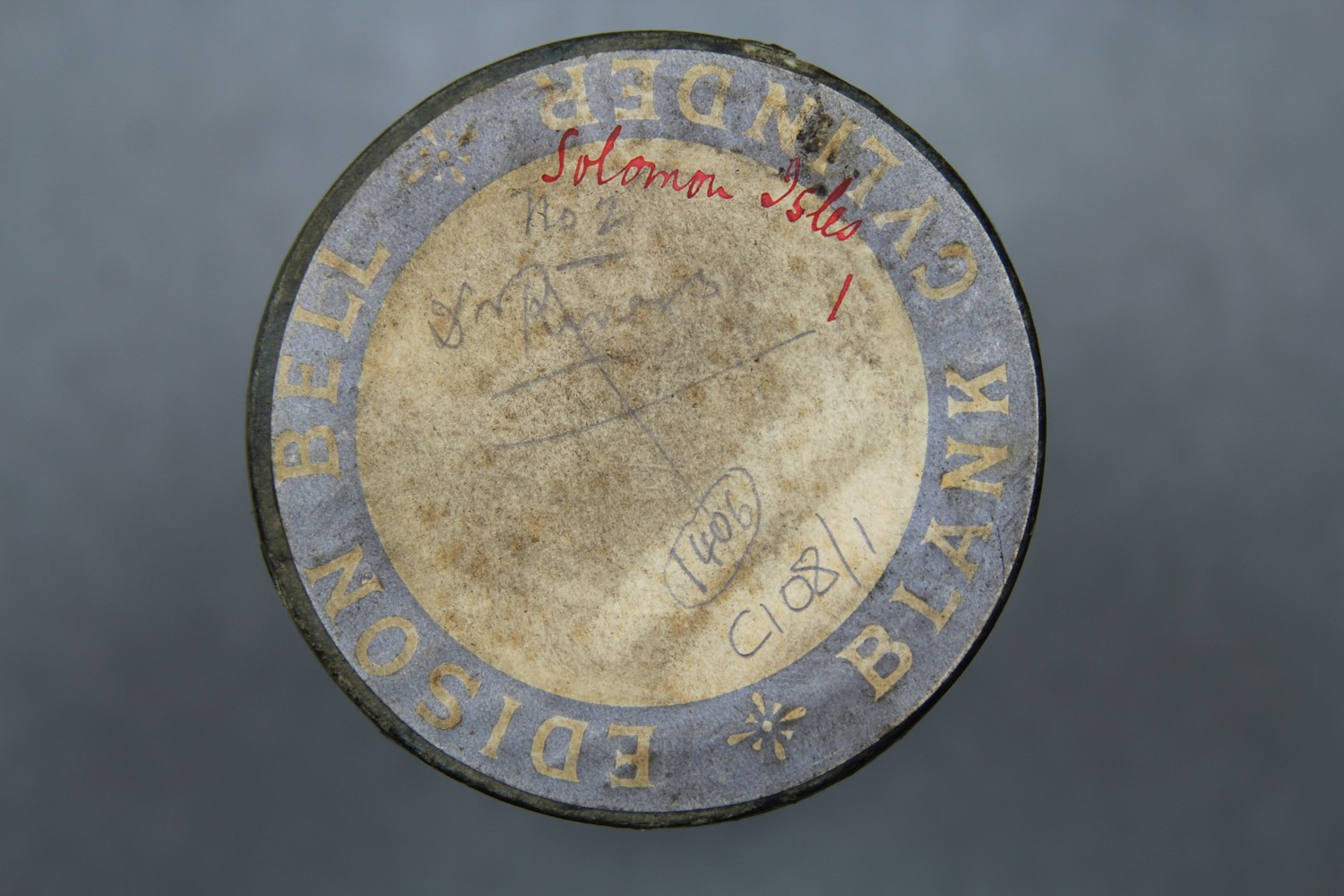 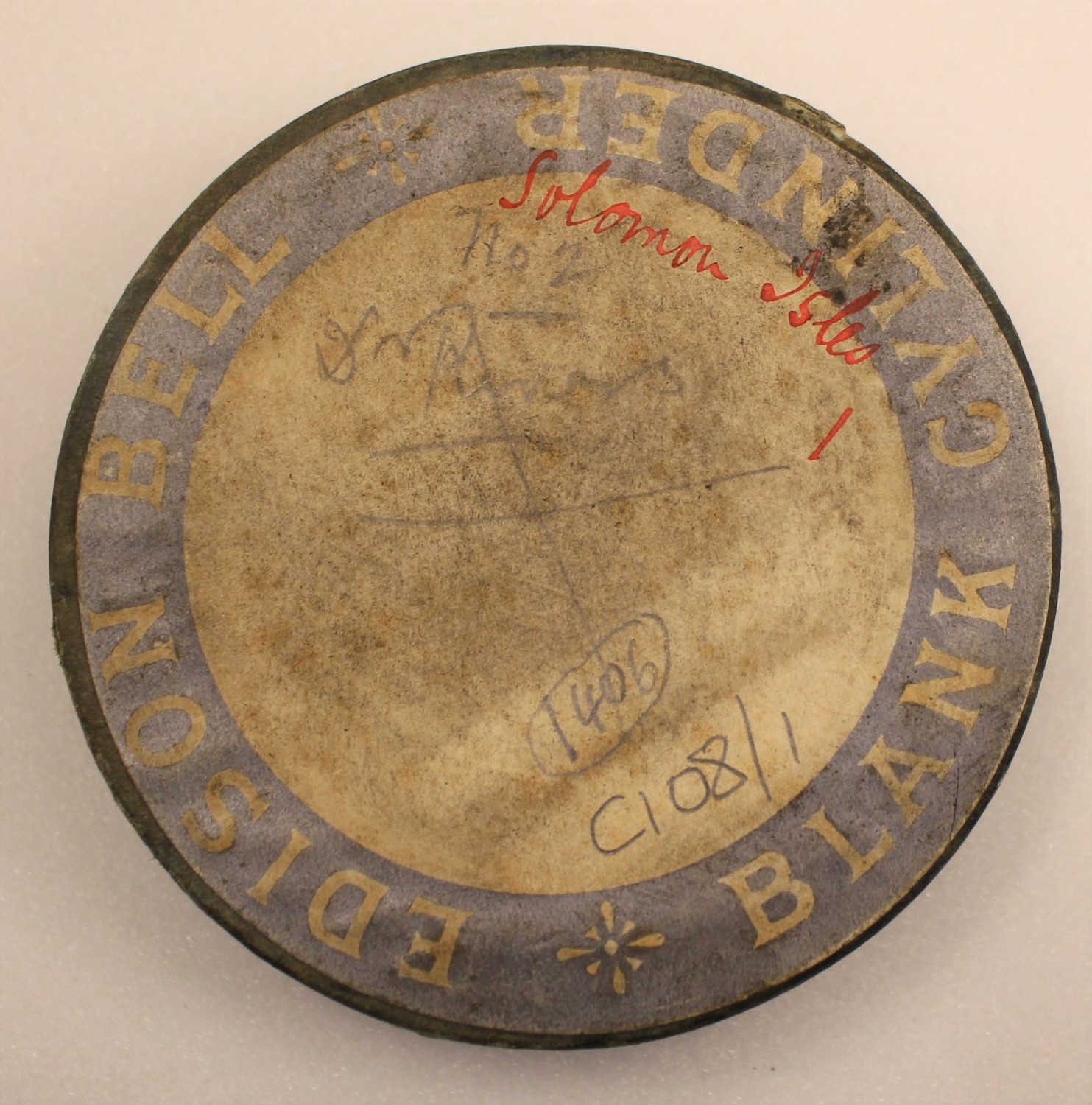     | Information on the goni songs can be found in A.M. Hocart's undated manuscript 'Music' in MS-Papers-0060, Alexander Turnbull Library, Wellington, New Zealand. | |||||
| C108/1407 | Panpipes | Unidentified (wind duet / pan pipes) | Simbo Island, Western Province, British Solomon Islands Protectorate | 14 May 1908 – 02 January 1909 | 1. Indecipherable announcement. 2. Ref note. 3. Unaccompanied panpipe duet. 4. Ascending panpipe scales. This may be the suke instrument of Simbo. Suke consisted of two bamboo pipes, one larger one smaller. | Simbo culture, Solomon Islands | Reasonable quality recording but with surface noise. | Simbo | Field recordings | Hocart, Arthur Maurice (1883-1939); Rivers, William Halse Rivers (1864-1922) | 2'51" | Percy Sladen Trust Expedition to the Solomon Islands, 1908 | Brown wax cylinder | WHR Rivers and Arthur M Hocart 1908 New Georgia Group, British Solomon Islands Protectorate Cylinder Collection | British Library | 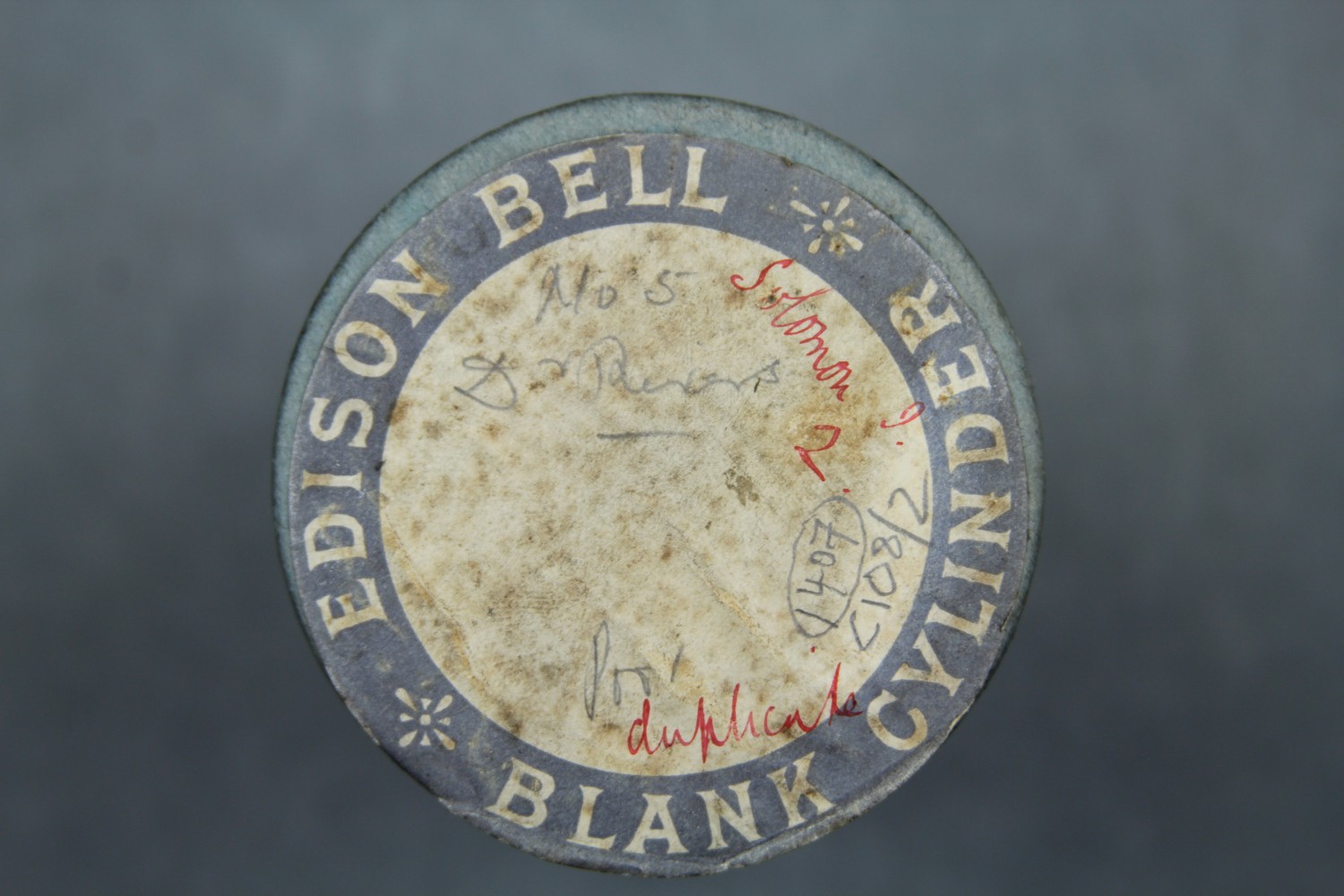 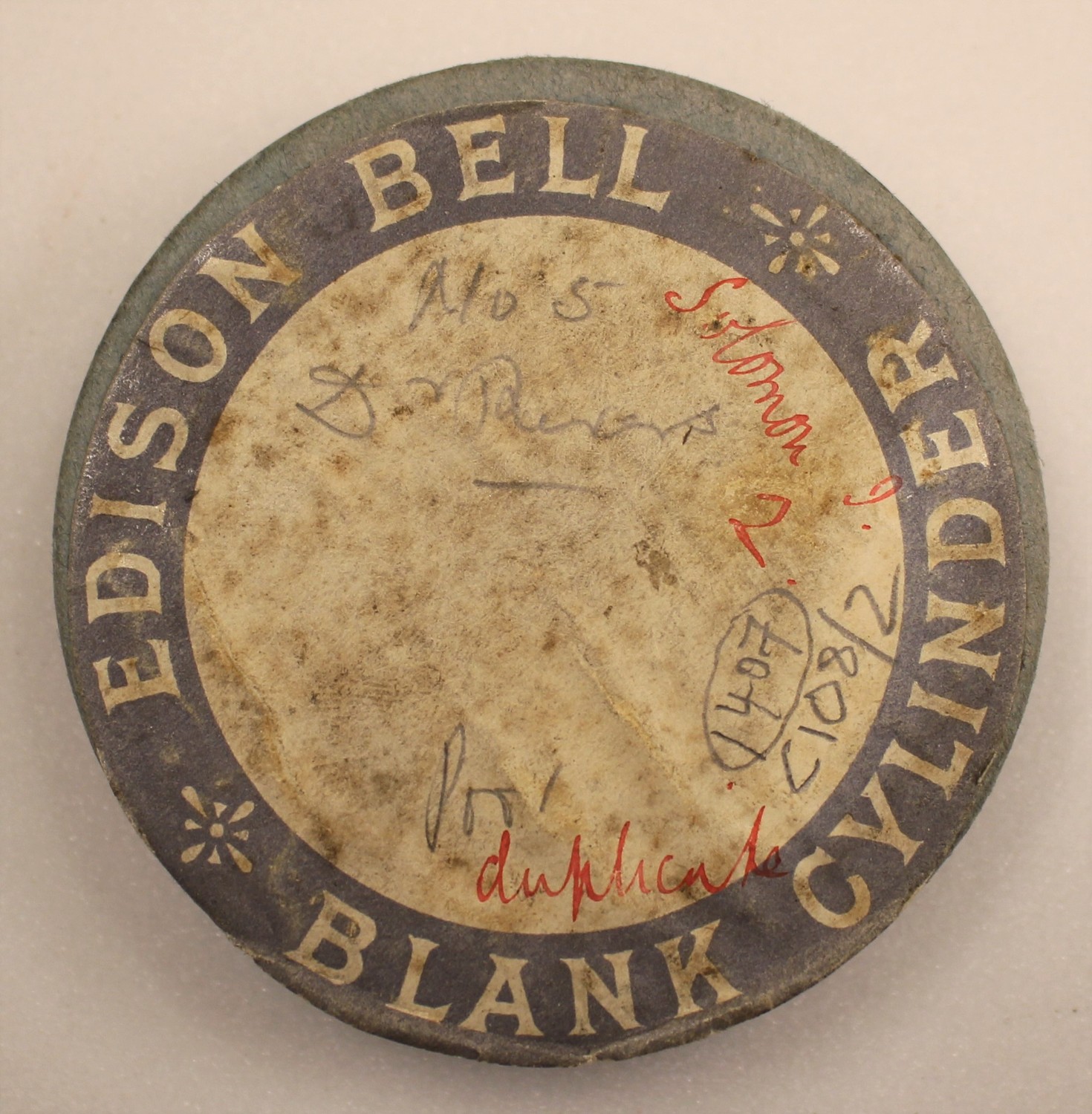 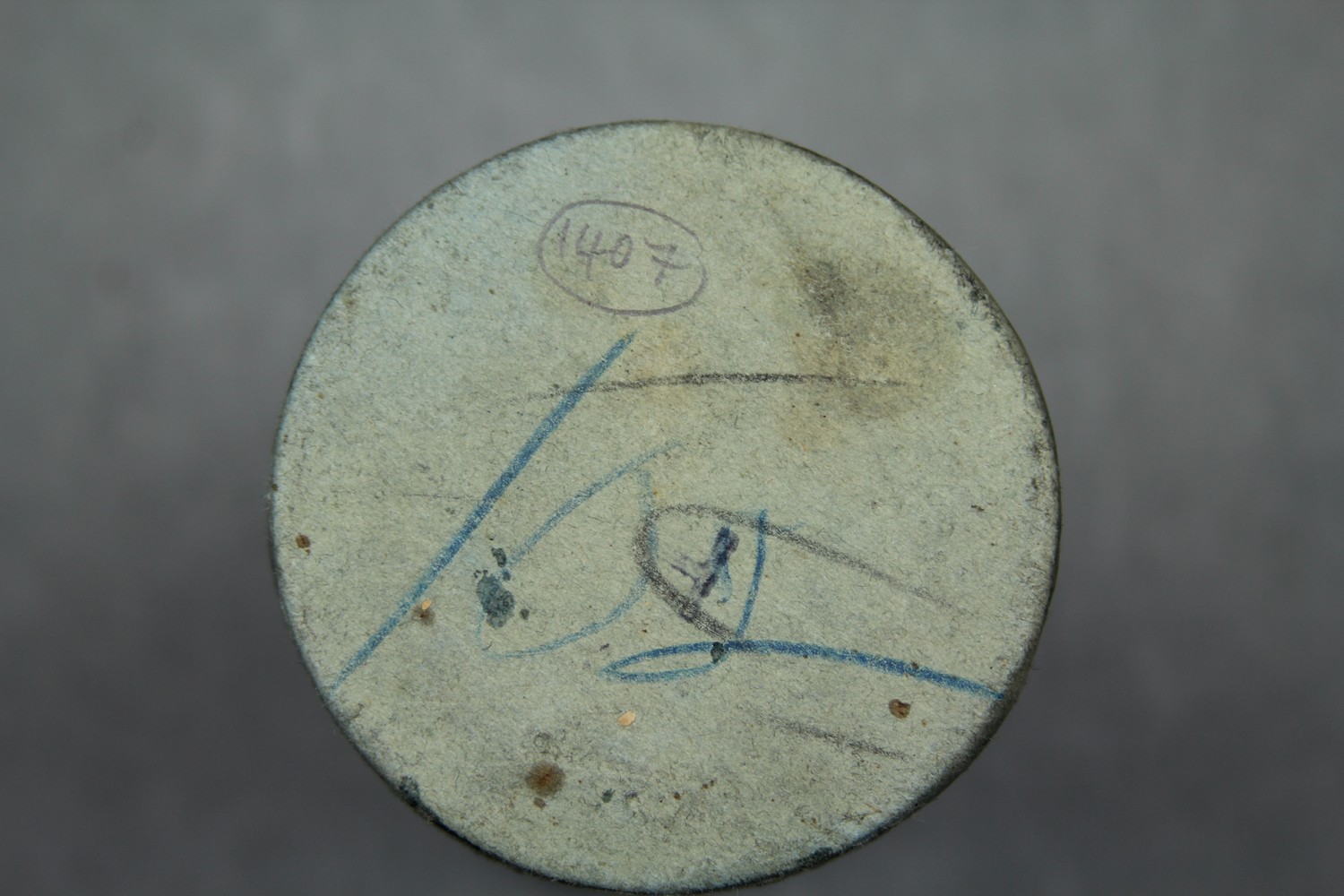    | The suke is described and pictured in Hocart (1931:318). Arthur Maurice Hocart. 1931. ‘Warfare in Eddystone of the Solomon Islands’. The Journal of the Royal Anthropological Institute of Great Britain and Ireland 61:301–324. | |||||
| C108/1409 | Yoni Yoni | Unidentified (chorus) | Simbo Island, Western Province, British Solomon Islands Protectorate | 14 May 1908 – 03 January 1909 | 1. Ref note. 2. Announcement: "Yoni Yoni[?]." 3. Unaccompanied vocal group singing in harmony. This is probably goni, a traditional song or genre on Simbo. | Simbo culture, Solomon Islands | Reasonable quality recording. | Simbo | Field recordings | Hocart, Arthur Maurice (1883-1939); Rivers, William Halse Rivers (1864-1922) | 2'40" | Percy Sladen Trust Expedition to the Solomon Islands, 1908 | Brown wax cylinder | WHR Rivers and Arthur M Hocart 1908 New Georgia Group, British Solomon Islands Protectorate Cylinder Collection | British Library | 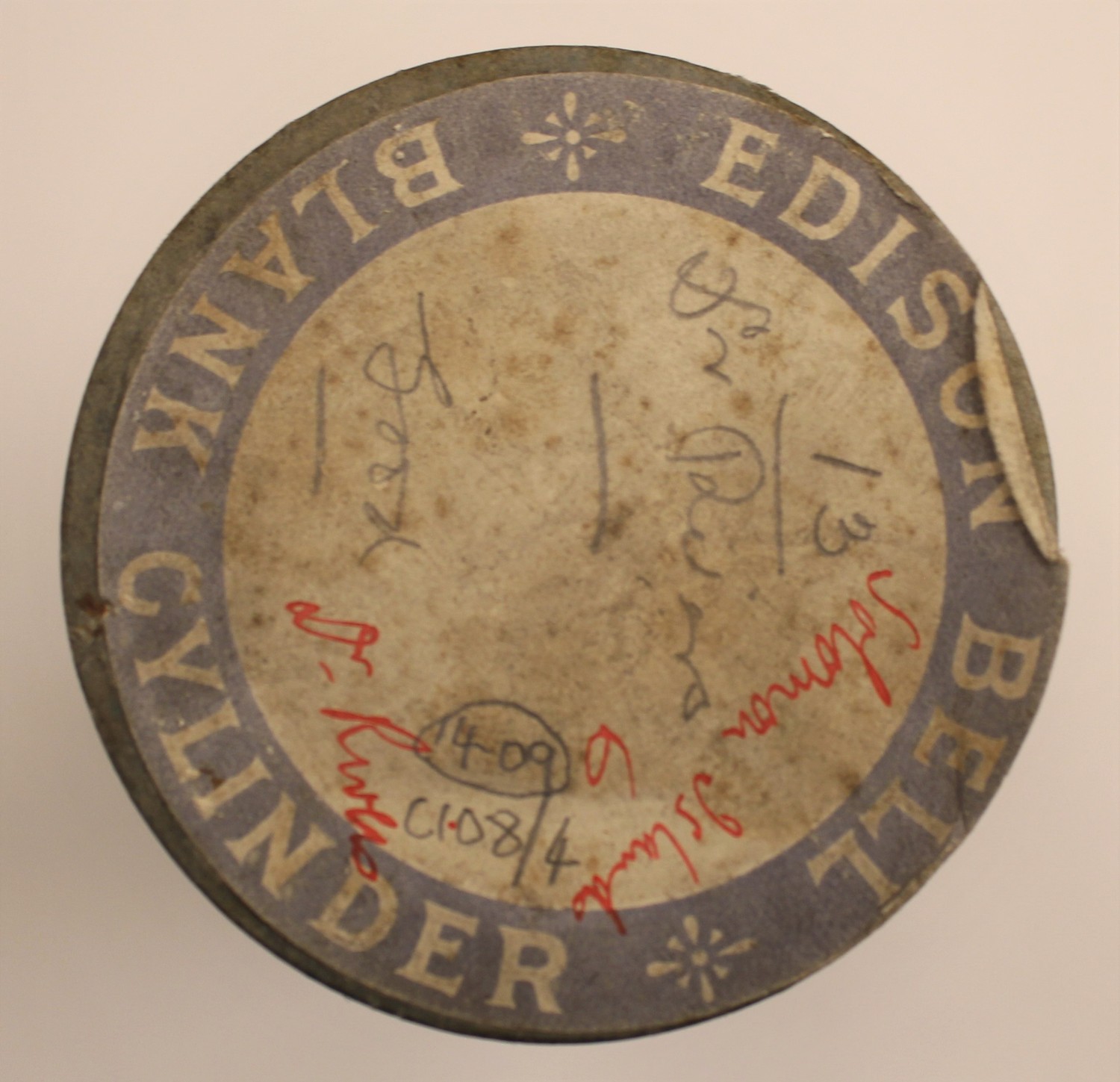 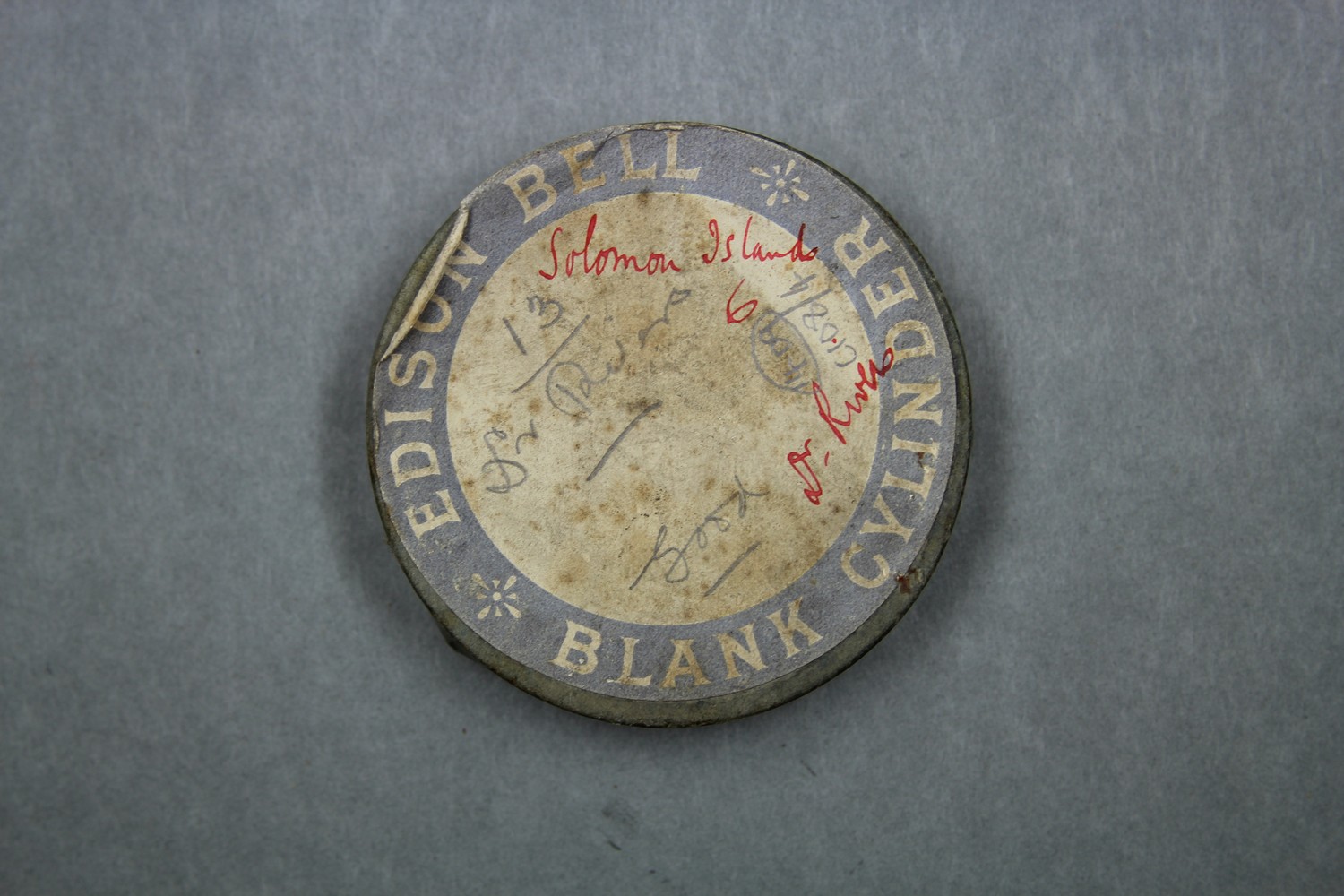     | Information on the goni songs can be found in A.M. Hocart's undated manuscript 'Music' in MS-Papers-0060, Alexander Turnbull Library, Wellington, New Zealand. | |||||
| C108/1410 | Baniatta, Simbo | Unidentified (chorus) | Simbo Island, Western Province, British Solomon Islands Protectorate | 14 May 1908 – 04 January 1909 | 1. Announcement: "Baniatta, Simbo". 2. Ref note. 3-4. Unaccompanied vocal group singing in harmony. These are probably mbanyata songs that had been brought to Simbo by men from the Baniata or Touo language area of south-west Rendova Island. | Simbo culture, Solomon Islands | Reasonable quality recording but with fluctuating speeds. | Simbo, Touo | Field recordings | Hocart, Arthur Maurice (1883-1939); Rivers, William Halse Rivers (1864-1922) | 2'41" | Percy Sladen Trust Expedition to the Solomon Islands, 1908 | Brown wax cylinder | WHR Rivers and Arthur M Hocart 1908 New Georgia Group, British Solomon Islands Protectorate Cylinder Collection | British Library |  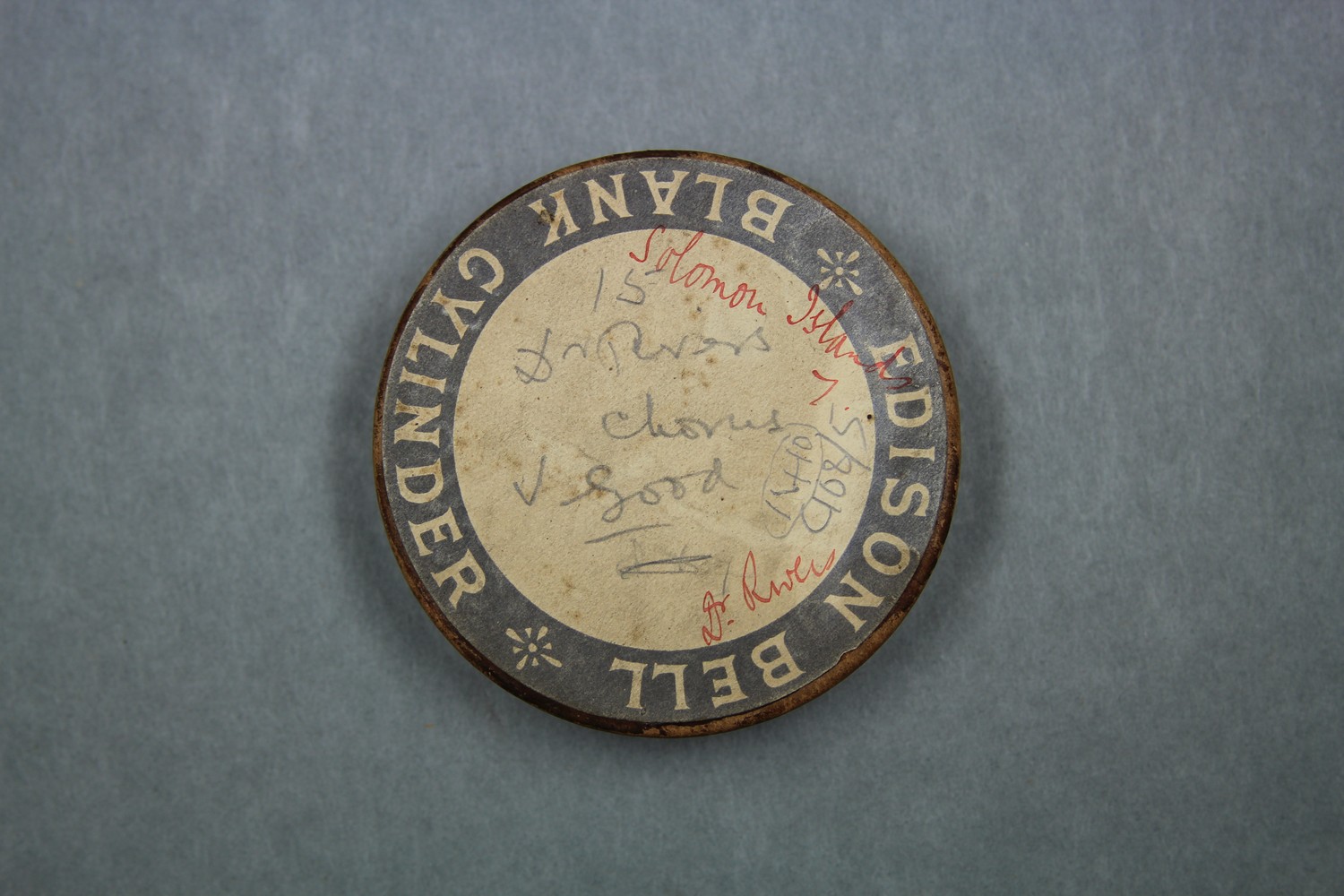     | Information on the mbanyata songs can be found in A.M. Hocart's undated manuscript 'Music' in MS-Papers-0060, Alexander Turnbull Library, Wellington, New Zealand. | |||||
| C108/1413 | Kera Ite, Simbo and Baniatta | Unidentified (chorus); unidentified (singer) | Simbo Island, Western Province, British Solomon Islands Protectorate | 14 May 1908 – 06 January 1909 | 1. Announcement: "Kera Ite, Simbo." The first song is a kera ite song, described as "small songs" from Simbo. 2. Ref note. 3. Unaccompanied vocal group. The second is probably an mbanyata song that had been brought to Simbo by men from the Baniata or Touo language area of south-west Rendova Island. 4. "Baniatta." 5. Unaccompanied vocal solo. | Simbo culture, Solomon Islands | Reasonable quality recording but with speed fluctuations throughout. | Simbo, Touo | Field recordings | Hocart, Arthur Maurice (1883-1939); Rivers, William Halse Rivers (1864-1922) | 3'43" | Percy Sladen Trust Expedition to the Solomon Islands, 1908 | Brown wax cylinder | WHR Rivers and Arthur M Hocart 1908 New Georgia Group, British Solomon Islands Protectorate Cylinder Collection | British Library | 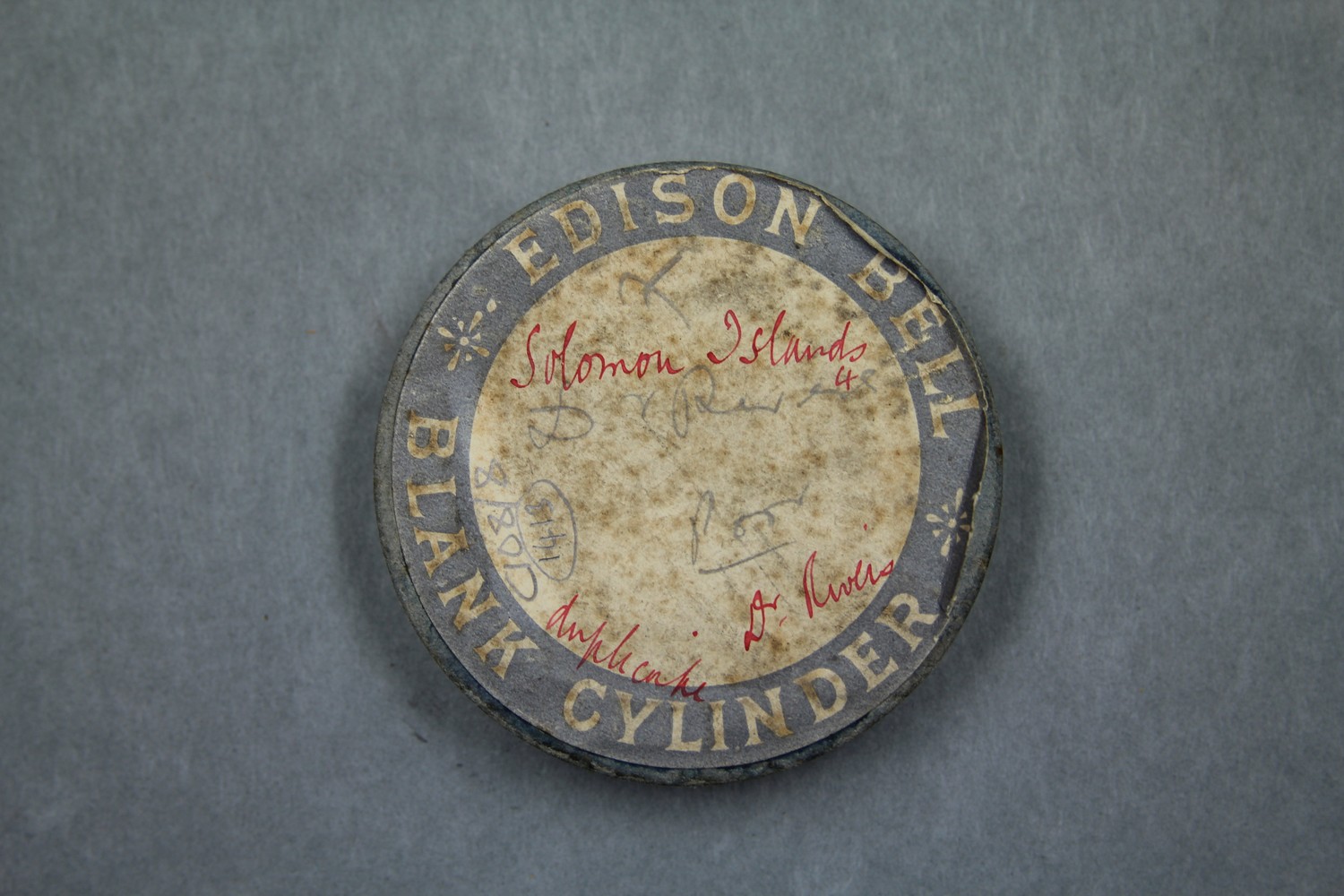  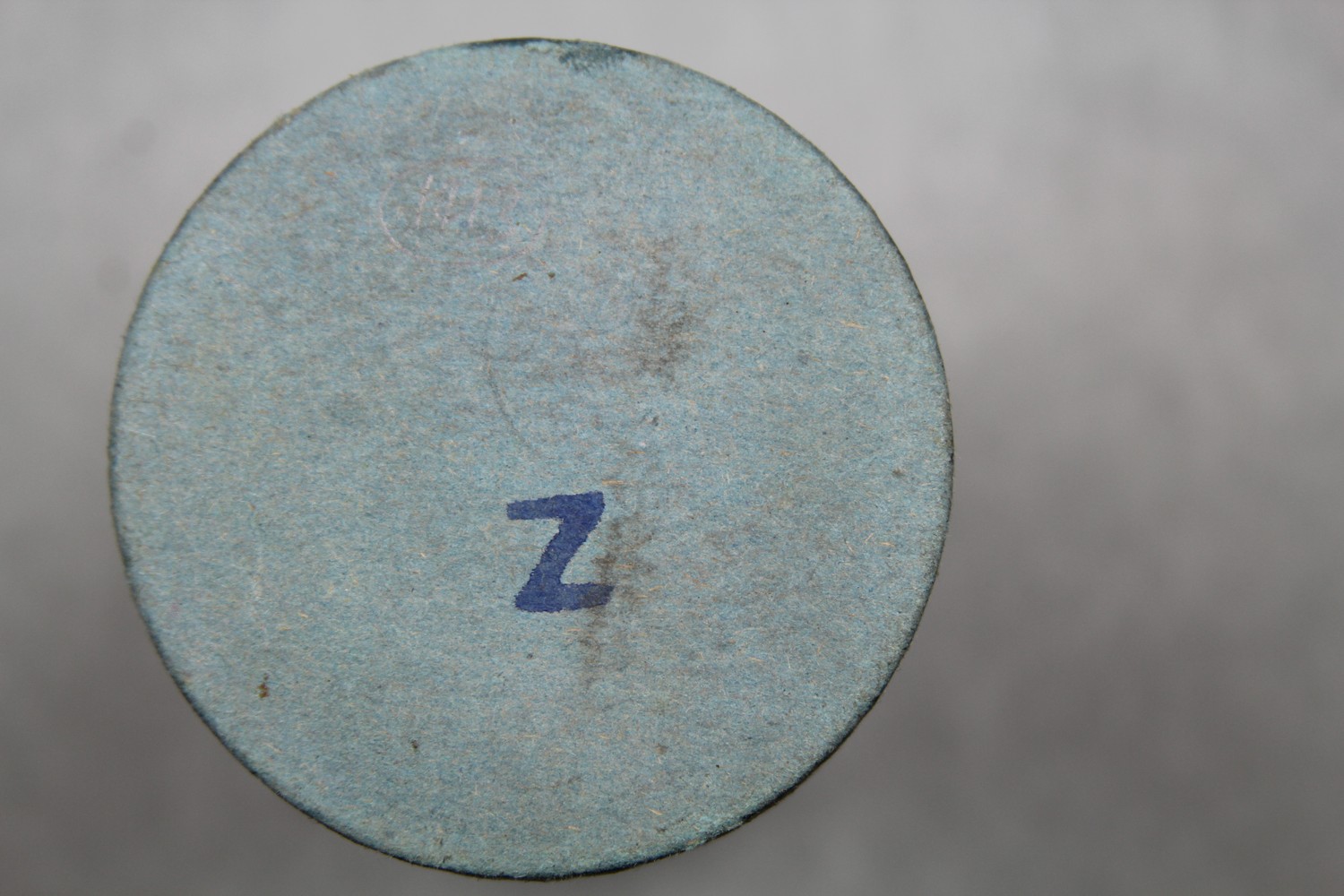    | Information on the mbanyata and kera ite songs can be found in A.M. Hocart's undated manuscript 'Music' in MS-Papers-0060, Alexander Turnbull Library, Wellington, New Zealand. |



